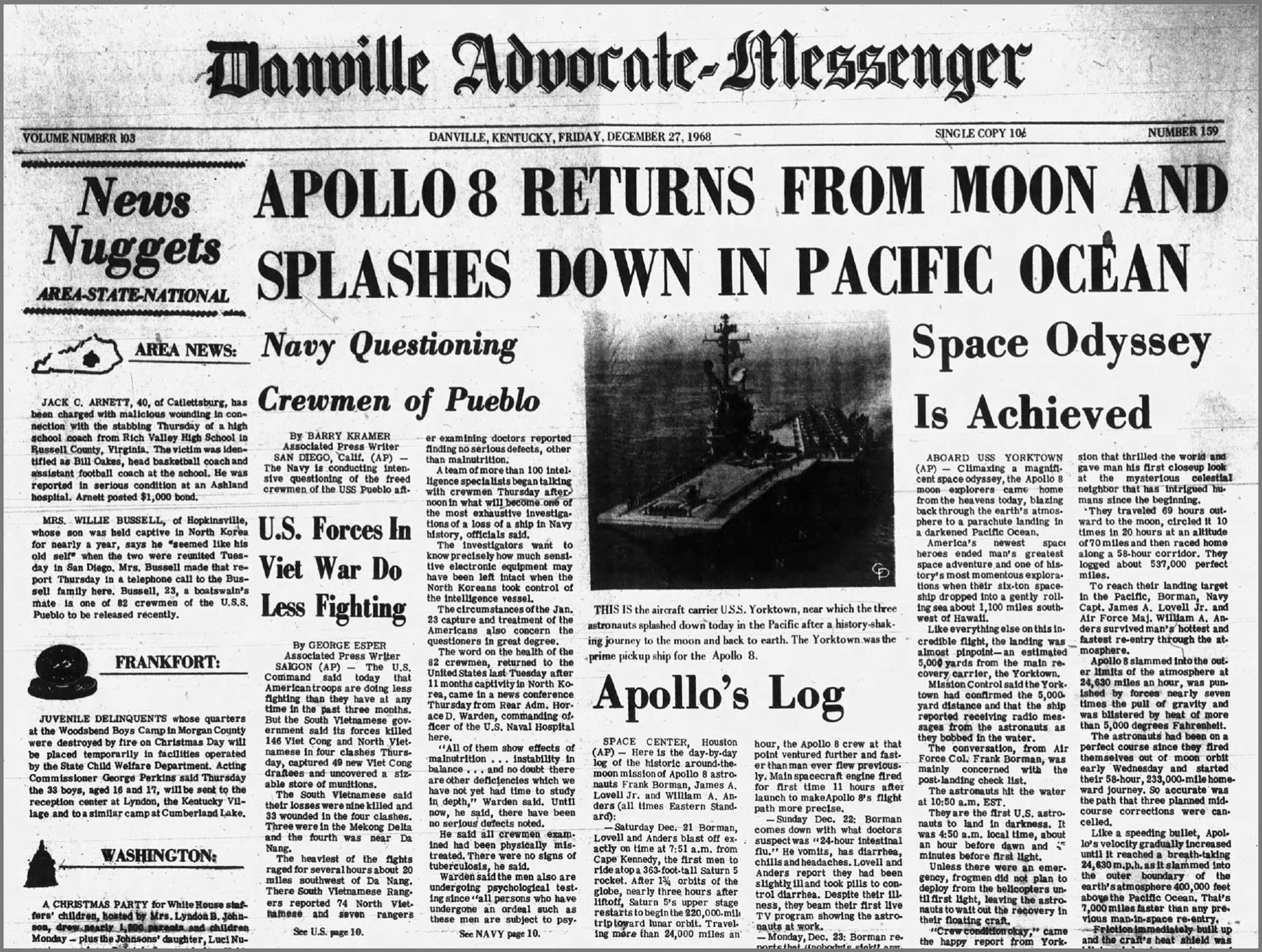Coffee with Mimi: Daylight Savings Time has been complicated
Published 3:03 pm Thursday, March 18, 2021

Whose idea was Daylight Savings Time anyway? It isn’t at all necessary in the modern world. Even my dog doesn’t care for it. She, and I, have been attempting to adapt for four days now. That would seem to be an inordinate amount of time to be out of sync.
The reason we change to “Summer Time” is to make better use of daylight hours. Better use for whom?
First of all, it doesn’t matter where you time the hours of sunlight, we get the same number of hours of light on a given day, say June 7th, whether we start counting them at 6 a.m. or 7 a.m.
Part of the rationale for Daylight Savings Time is that it saves energy. People spend more time outside in the evening and need to light their homes fewer hours. Apparently, there is a drop in appliance usage, as well. One study found that energy consumption in the average home is normally greater in the evening hours when people are home. If the time shifts to more daylight in the evening, less energy is used inside.
Not in my household. We are early risers.
Right now, I am stumbling around in the dark making the coffee and taking the dog out, when just a week ago, I enjoyed enough natural light to accomplish the tasks without the aid of harsh artificial means. Yes, I know there will be a balance as we move along in the calendar, but still.
To make matters worse, we “lose” an hour in the spring. But you get it back in the fall.
Not really. I want it now. By fall, I will have forgotten that I have an extra hour to be productive. Then I am in hibernation mode and plan to luxuriate in the knowledge that I have an hour to waste on one day.
In truth, you get the hour back in the dead of night. By the time you realize it in the morning, you maybe gained 30 minutes of spare time and by that time, what difference does it make. For retired folks, like myself, we generally aren’t in a rush on a Sunday morning regardless of the time.
I feel for the people, like one of my children, who have a Sunday through Thursday work week. They get zapped twice a year with the hour here, hour there game. If I had such a schedule, I wouldn’t sleep much at all either night, worrying I wouldn’t wake up in time.
Daylight Savings Time originated in Europe in 1916 during World War I. The purpose of which was to conserve energy for the war effort. The U.S. joined in 1918.
The concept was abolished in 1919 because people hated it. Then craziness ensued.
DST became a local option. Some states kept the practice and even some cities stayed with the plan. Just imagine what interesting social and business situations resulted. A simple ride into the country for an afternoon jaunt involved serious calculations for evening engagements.
Franklin Roosevelt declared year around DST during WWII. Now there is a plan, so easy to remember. Time was just time. But, after the war, there was no law regarding time and local choice returned in all things related to time.
Not surprisingly, this system caused growing confusion and inefficiency. We were a nation on the move, with bucks to spend, if we could just get there on time.
Even enjoying that innovative and widely available invention, the television, was a challenge. What time is that show on if I live in Philadelphia and it is broadcast from Los Angeles? I would also note that the DST was designed to reduce energy use in the evening hours. What time was your favorite program on?
Many efforts were made to standardize time. Do you think that went well?
I found one example which cited that a 35-mile bus route from one small West Virginia town to a small town in Ohio required seven published time changes to accurately account for arrivals and departures along the route. It seems that every little hamlet had a definite opinion about time within their jurisdiction and there was law to back them up.
Various laws were passed that set standards for Daylight Savings within each time zone across the country. If a state wanted to be exempt from the plan, they could just pass their own law. This system proved to create more complications.
If a state was in two time zones, the state legislature could pass a law which provided for one time zone to be on DST and the other to be exempt.
Laws pertaining to time have been passed, enacted, overridden, or revised in 1966, 1972, 1986, 2005, and 2007. Beginning in 2007, if the practice of DST was unpopular, Congress retained the right to revert to the 1986 law. Imagine how that would work.
It occurs to me that the majority of the country would rather just leave it as it is than invite the U.S. Congress to get involved. I guess I agree.
I will grumble quietly twice a year.





